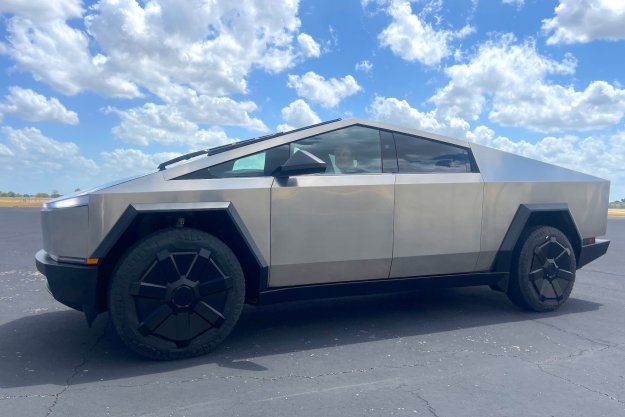Honda hit the reset button for the all-new 2016 Civic, and with its new platform, body, engine lineup, and available technology packages, the 10th-gen model is the most compelling version in years.
The vehicle received an official Top Safety Pick+ rating from the Institute for Highway Safety this month, and to further prove its protective prowess, Honda has released a series of clips detailing the car’s various driver assist features. Dubbed Honda Sensing, the safety suite includes Collision Mitigation Braking System with Forward Collision Warning, Lane Keeping Assist with Lane Departure Warning, Road Departure Mitigation, and Adaptive Cruise Control with Low-Speed Follow, many of which function without any driver input at all.
Collision Mitigation Braking
Honda Sensing’s Collision Mitigation Braking System (CBMS) is one of those features that you’re glad to have, but hope you never have to use. It enlists a millimeter wave radar sensor and monocular camera to scan the road ahead, which work in concert to anticipate collisions by monitoring vehicles and pedestrians in your path. If an crash becomes imminent, CBMS notifies the driver with an audible and visual Forward Collision Warning, while automatically applying the brakes to reduce impact.
Adaptive Cruise Control
Adaptive Cruise Control (ACC) is primarily a convenience feature, but once you’ve used it, you may not be able to live without it. Honda’s ACC system allows the driver to set a desired cruise speed and either a short, medium, or long distance interval for the vehicles ahead, which the Civic will abide by using its radar and camera technology. When traffic conditions are light, ACC is a great way to take the stress out of driving.
Lane Keeping Assist
As its name suggests, the Lane Keeping Assist System (LKAS) helps the car stay in its lane on long stretches of road. Like the other features we’ve discussed, LKAS uses a windshield-mounted monocular camera to read lane markings such as yellow lines, white lines, or raised reflectors. Effective between speeds of 45 mph and 90 mph, LKAS taps into steering control and and uses subtle corrections to maintain safe lane position.
Road Departure Mitigation
If all else fails, Honda’s Road Departure Mitigation (RDM) technology acts like an autonomous safety net if the driver becomes distracted. Activated with a button on the instrument panel, RDM recognizes when the vehicle leaves its lane and activates audible, visual, and haptic warnings to alert the people inside. If the car continues to veer off road, RDM applies corrective steering torque and braking to correct the vehicle’s trajectory, after which the driver resumes control.
Honda Sensing is available as a standalone option on all of the Civic’s trims (LX, EX, EX-T, and EX-L), and is offered as standard on the range-topping Touring version. For more info on the 2016 model, check out our First Drive report here.
Editors' Recommendations
- Honda recalls more than 300,000 vehicles over seat belt safety issue
- 2020 Honda Civic vs. 2020 Toyota Corolla
- Honda’s new airbag functions like a baseball catcher’s mitt
- 2020 Honda Civic hatchback keeps the manual-transmission faith
- Honda extends the warranty of select CR-Vs, Civics after finding problem


